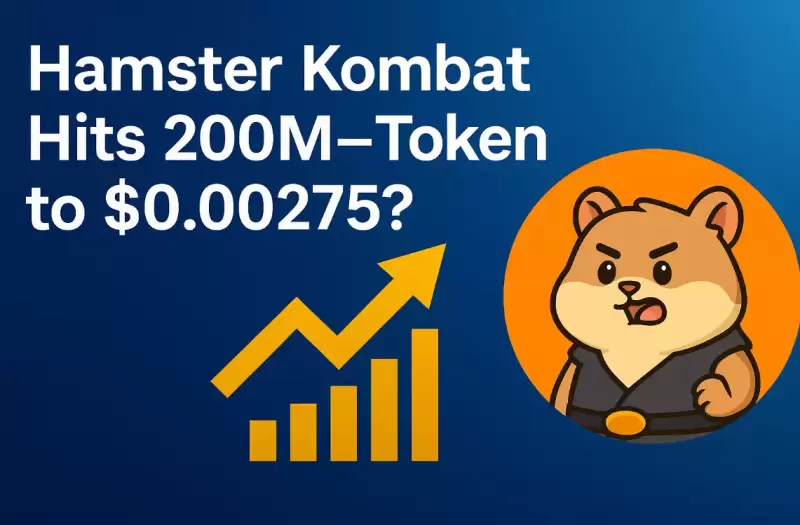 |
|
 |
|
 |
|
 |
|
 |
|
 |
|
 |
|
 |
|
 |
|
 |
|
 |
|
 |
|
 |
|
 |
|
 |
|
As avatars become integral to our online presence, managing and securing our digital assets is more important than ever. Choosing the right tools to protect these assets is crucial.

In certain corners of the web, avatars are starting to matter just as much as how someone presents themselves in person. That’s not an easy shift. It’s one that’s been powered by years of technological change, cultural integration—and yes, a deep interest in how we can best express, identify, and own our digital personas.
As avatars become increasingly integral to our online presence, managing and securing our digital assets becomes more important than ever. This includes choosing the right tools for strong authentication, encrypted storage, watermarks, DeFi tools, cryptowallets, and clear licensing.
When we combine these resources with backups and restricted platform access—which includes digital wallets—we lay the groundwork for long-term protection. Especially in a space where duplication is so readily available.
For those looking for the best crypto wallet in 2025, there are several excellent options that offer a user-friendly interface, robust security features, and support for a wide range of cryptocurrencies—making them ideal for both beginners and experienced users. Many top wallets also provide multi-platform access, allowing seamless use across devices. Some include built-in exchange features, making it easy to manage and trade assets in one place.
Embracing these tools and resources empowers us to take control of our digital identities, ensuring they are secure, authentic, and truly our own.
We’ve all seen avatars in games and chat apps. But that’s the old version. These days, they’re morphing into fully interactive, high-res versions of people. Some are uncanny in how much they resemble the real thing. Others go in completely different directions—fantastical, stylised, surreal.
On platforms like Decentraland’s newly enhanced virtual world, digital personas do far more than just exist. They attend live events, host business meetings, showcase and sell digital art, and even build fully-fledged brands. For some users, these avatars remain a creative outlet. For others, they’ve become the core of a serious digital enterprise.
Here’s where things get messy. Avatars might be digital, but they carry real creative value—which makes it all the more frustrating how easily they can be copied. A skilled user can clone a look, tweak a few details, and pass it off as their own. Suddenly, a unique identity turns into something anyone can replicate. So how do we prove originality in a space where duplication is so effortless?
Some platforms are trying to answer that. By embedding unique identifiers—digital signatures of sorts—into each avatar, creators are able to trace where their designs originated, when they were minted, and how they’ve been used. It’s like a virtual fingerprint, quietly confirming: “Yes, this is authentic.”
We’re starting to see creative takes on this idea. One example is the DOTphin project’s evolving avatars on Polkadot, which link each identity not just to its creator, but to its impact—tying digital expression to environmental purpose. Right now, it’s mostly being explored by early adopters and Web3 communities. But the interest? It’s spreading. Quickly.
One of the most captivating aspects of avatars is the freedom they offer. People reshape themselves—new aesthetics, personalities, even voices. Someone can present as a sharp-suited speaker at a virtual panel in the morning and morph into a luminous alien dancing through a digital skyline by night. That kind of expression isn’t just possible—it’s celebrated.
But freedom comes with a price. As avatars begin to carry influence and economic value, impersonation turns from harmless mimicry into something far more serious. The line between playful performance and real-world identity starts to blur.
We’re already seeing avatar projects explore this tension more deeply. Take Psilo’s metaverse avatar initiative, which blends digital craftsmanship with a focus on emotional well-being. It highlights how identity in virtual spaces isn’t only about how we look, but how we connect—and what we’re risking.
Avatars have evolved into marketable assets—people now buy, sell, and trade digital outfits, animated features, and even full virtual identities. Major brands are entering the space, while artists and celebrities use avatars to perform, engage fans, and extend their creative presence.
But as identity becomes a product, it also becomes vulnerable. Without clear protections, creators can easily lose control—especially when platforms bury ownership clauses deep in their terms of service. Often, the damage is done before users realize what they’ve signed away.
As avatars grow more central to digital experiences and brand-consumer interaction, the need for transparency and creator rights becomes urgent.
What once felt futuristic is now everyday reality. Digital personas are reshaping how we connect and create. From AI influencers sharing content to virtual assistants offering support and artists performing in immersive environments, avatars are becoming central to how we interact online. Many individuals now treat their digital selves like personal brands—refining style, tone, and presence
Disclaimer:info@kdj.com
The information provided is not trading advice. kdj.com does not assume any responsibility for any investments made based on the information provided in this article. Cryptocurrencies are highly volatile and it is highly recommended that you invest with caution after thorough research!
If you believe that the content used on this website infringes your copyright, please contact us immediately (info@kdj.com) and we will delete it promptly.




























































